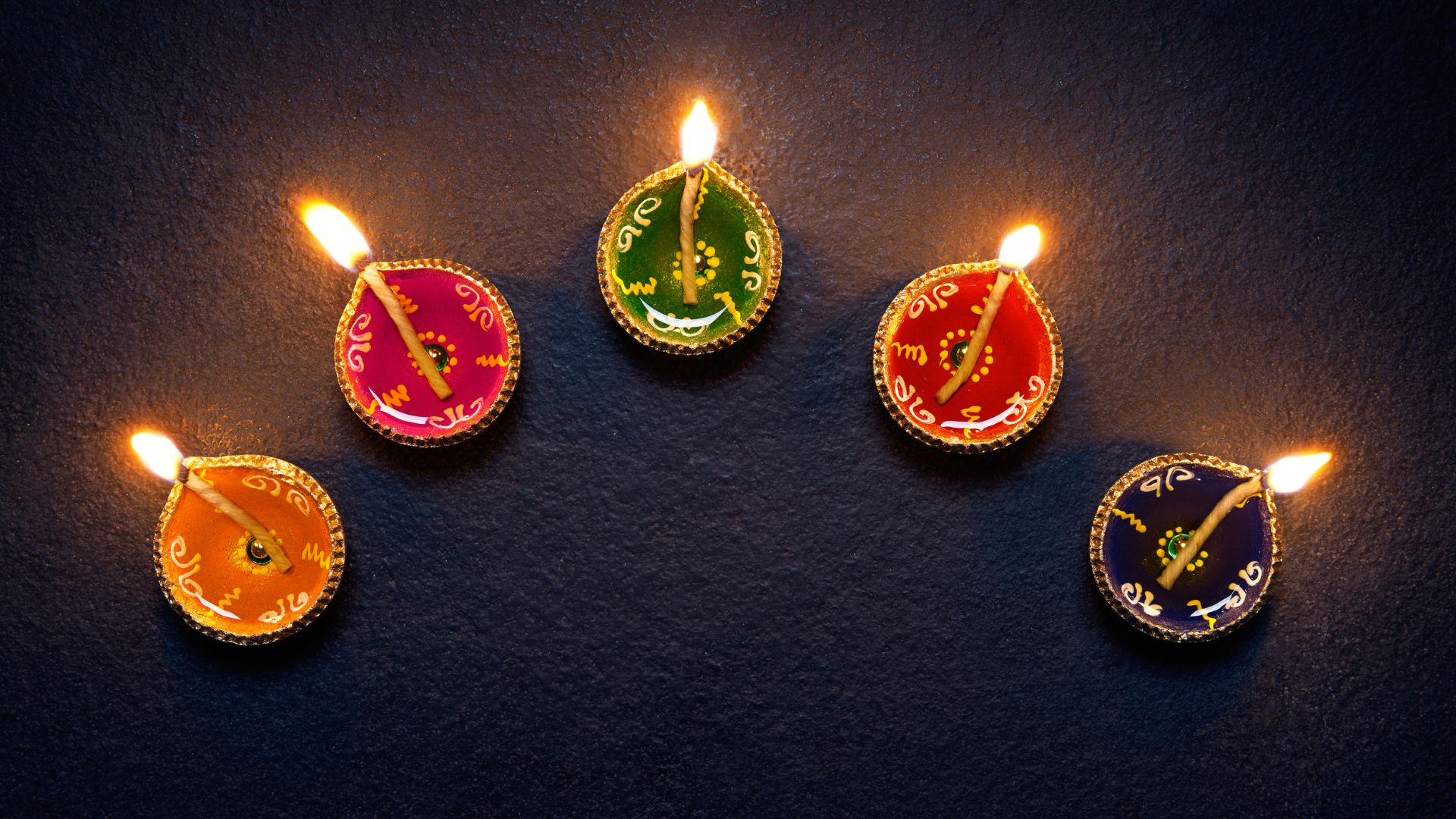Introduction: In Hindu culture, the practice of lighting lamps holds a profound significance. It is a symbolic representation of dispelling darkness and inviting divine blessings into our lives. But did you know that there are specific directions for lighting a lamp that can enhance its spiritual and cosmic impact? This age-old tradition, rooted in the Agama Shastras, guides us on the precise ways to light lamps for maximum spiritual benefits. Let’s delve into the rules and benefits of lighting lamps in specific directions as prescribed by the Agama Shastras.
Lighting a Lamp: A Sacred Tradition: In the realm of Sanatan Dharma, the act of lighting a lamp in the Puja room carries a deep spiritual meaning. Regardless of gender, individuals are encouraged to participate in this ritual, fostering a sense of unity and devotion. The lamp not only symbolizes the dispelling of darkness but also serves as an embodiment of faith and reverence.
Guidelines for Lighting Lamps in Specific Directions:
1. Time of Lighting: It is recommended to light a lamp daily, either during the early morning hours or in the evening. This practice brings positivity and sanctity to the surroundings. The auspicious hours for lighting a lamp span from 5:00 a.m. to 10:00 a.m. in the morning and from 5:00 p.m. to 7:00 p.m. in the evening.
2. Number of Wicks(दीये की बत्ती): Lighting a lamp with two wicks(baatee) is the preferred method. Avoid using stainless steel lamps, as the Shastras discourage their use. If a single wick is used, ensure it faces the East. Brass or Bronze lamps are ideal for this purpose.
3. Directional Placement: While you can light lamps in various directions, it is advisable not to face the lamp towards the South direction. South is associated with Lord Yama, the deity of death. Therefore, it’s best to avoid this direction for lamp placement.
4. Choice of Wick(baatee) Material: The material of the lamp’s wick holds significance. Using a new yellow cloth as a wick invites divine blessings. Cotton wicks ensure a life free from obstacles (Mangalam). Wicks made from threads of a new silk cloth bring happiness and prosperity. Specific fibers, such as those from the Plantain plant or Lotus stem, are used for specific blessings, like seeking the blessings of children or wealth from Goddess Lakshmi.
5. Selecting the Right Oil: Different oils are recommended for specific blessings. Ghee, coconut oil, and palm oil are suitable options. Coconut oil and Butter tree oil contribute to health and wealth. Ghee invites overall well-being, while sesame oil dispels the fear of death. However, it’s important to avoid using Groundnut oil, as it is considered inauspicious.
6. Presence of Water: Placing a glass of water next to the lamp in your Puja room is a customary practice. This water symbolizes purity and the cleansing of negative energies.
7. Offering Prayers: After lighting the lamp, offer prayers by chanting specific mantras. Chanting “DEEPA SARASWATI,” “DEEPA LAKSHMI,” and “DEEPA DURGA” three times each while bowing in front of the lamp is customary. Conclude by chanting the name of your ancestral or home deity, such as “DEEPA MUNEESHWARAR.”
8. Extinguishing the Lamp: To extinguish the lamp, refrain from blowing it out with your breath. Instead, use a flower to gently extinguish the flame. This respectful act preserves the sanctity of the ritual.
Embrace the Divine Tradition:
Om Asato Maa Sad-Gamaya |
Tamaso Maa Jyotir-Gamaya |
Mrtyor-Maa Amrtam Gamaya |
Om Shaantih Shaantih Shaantih ||
Meaning of Om Asatoma Sadgamaya Mantra
Lead us from the unreal to the real
Lead us from darkness to light
Lead us from death to immortality
Aum peace, peace, peace!
Conclusion: Lighting a lamp in specific directions is more than a ritual; it’s a profound spiritual practice. Abiding by these guidelines not only enhances the positive energies in your surroundings but also strengthens your connection with the divine. As we follow these time-honoured traditions, we invite harmony, prosperity, and spiritual enlightenment into our lives.

Good information.